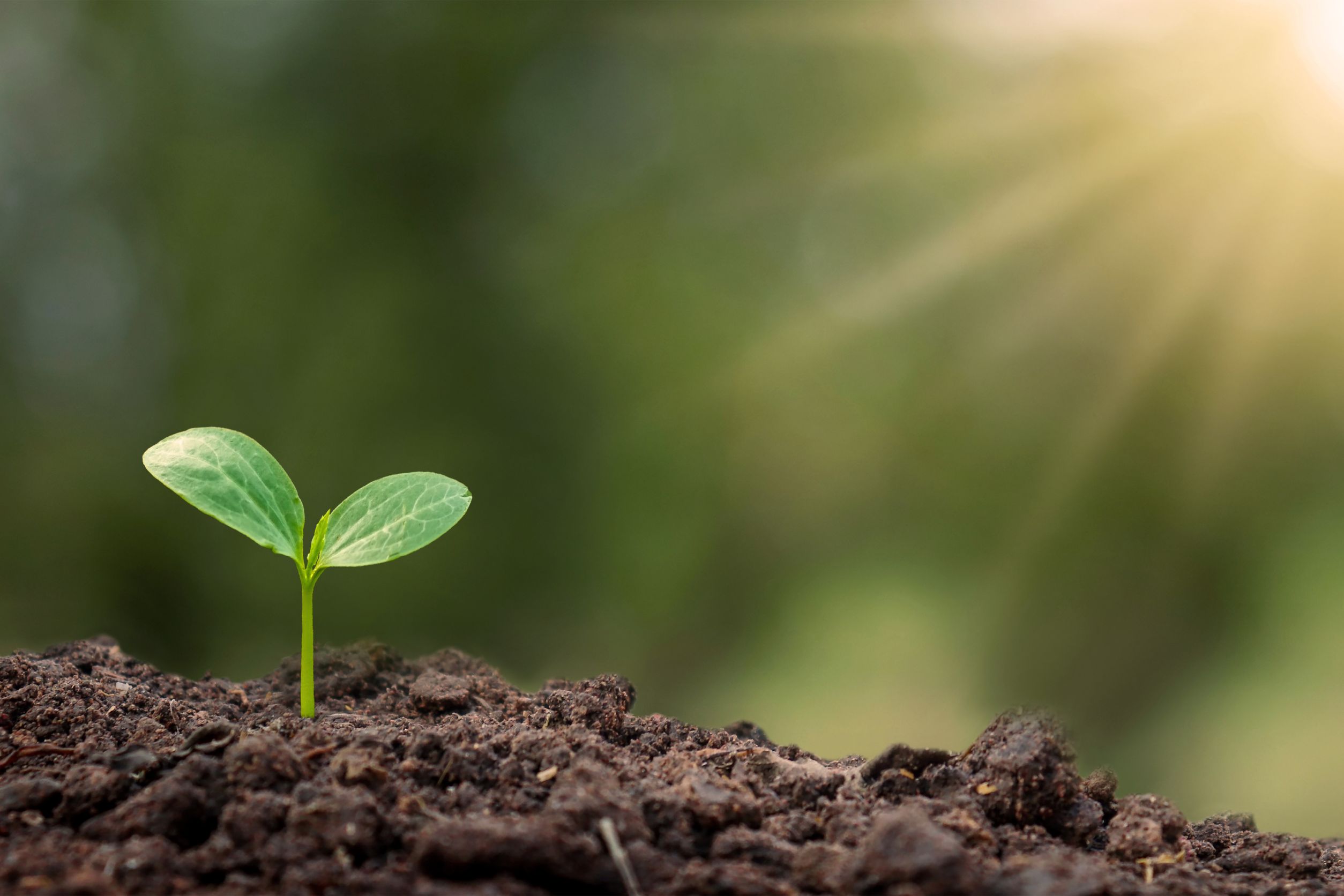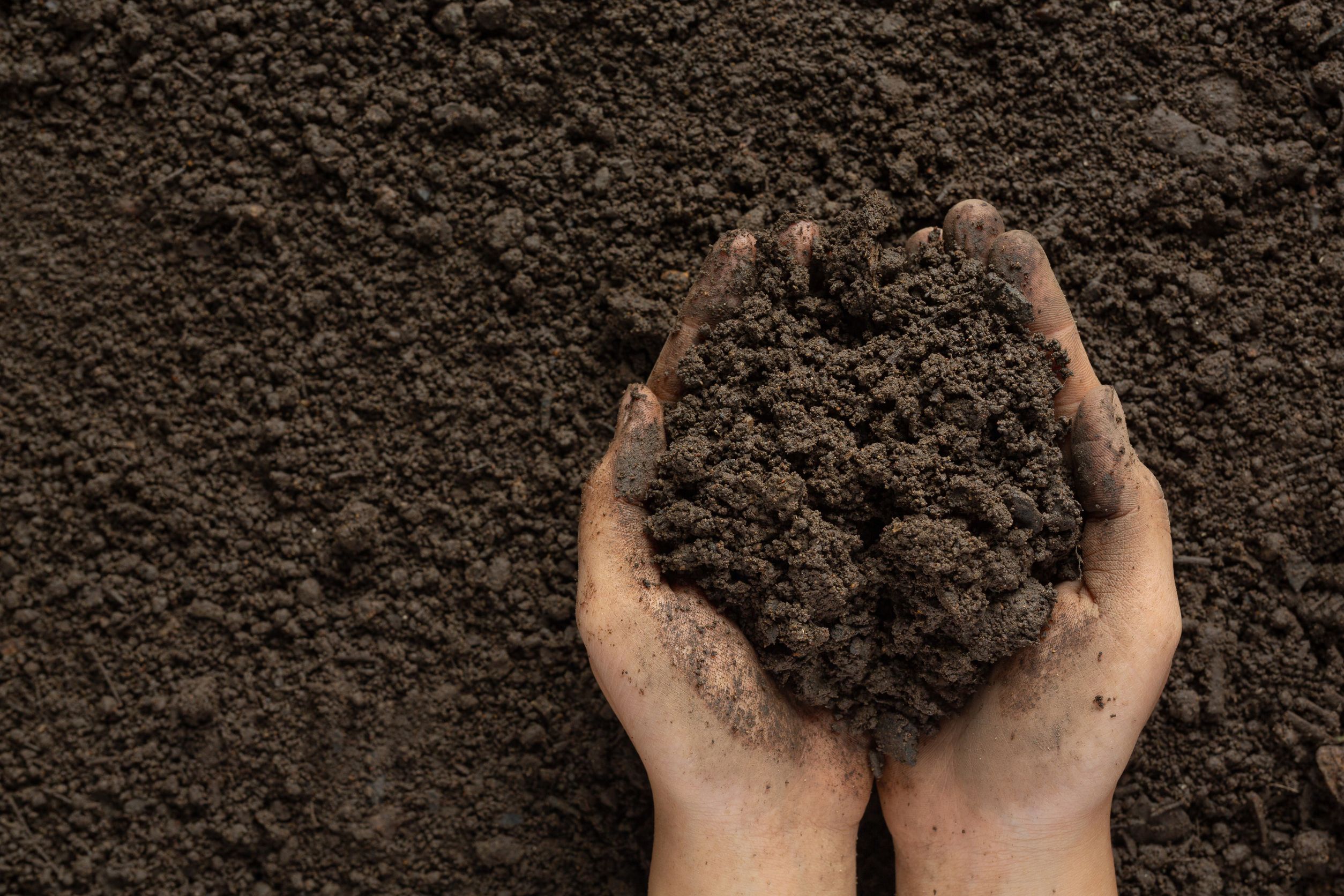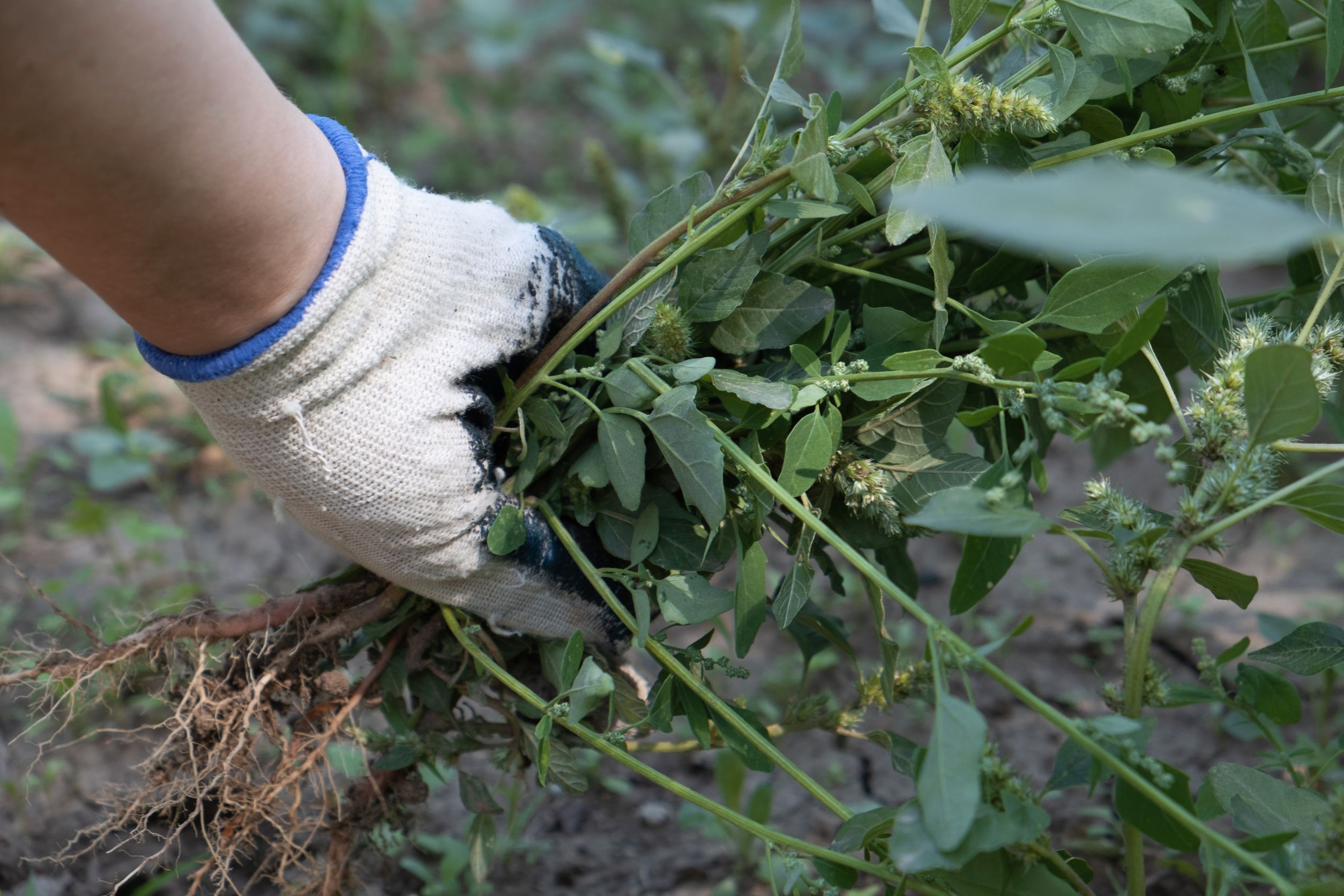
Canva
No dig gardening is a revolutionary approach to cultivating a thriving garden with minimal effort and maximum benefits. This method, also known as no-till gardening, focuses on building healthy soil without disturbing it. By embracing the principles of no dig gardening, you can enjoy a flourishing garden while saving time and energy. In this ultimate guide, we’ll explore everything you need to know about no dig gardening and how to achieve a lush, vibrant garden effortlessly.
1. What Is No Dig Gardening?
No dig gardening is a method that involves growing plants without tilling or disturbing the soil. Instead of traditional digging, you build up layers of organic materials on the soil surface. This technique helps preserve soil structure, promotes beneficial microorganisms, and reduces weed growth. By avoiding digging, you also minimize soil erosion and compaction. No dig gardening is ideal for creating a low-maintenance and highly productive garden.
2. The Benefits of No Dig Gardening
The benefits of no dig gardening are numerous and impactful. First, it improves soil health by preserving natural layers and promoting beneficial microbial activity. Second, it reduces labor and physical strain, making gardening more accessible. Third, it helps retain soil moisture and nutrients, leading to better plant growth. Additionally, no dig garden minimizes weed problems and reduces the need for chemical fertilizers and pesticides.
3. Getting Started with No Dig Garden
Getting started with no dig gardening is simple and straightforward. Begin by selecting a suitable garden area and removing any large weeds or debris. Next, lay down a layer of cardboard or newspaper to suppress existing weeds and prevent them from resurfacing. Then, add layers of organic materials, such as compost, straw, or leaf mold, to build up the soil. Finally, plant directly into the prepared layers, and watch your garden thrive with minimal effort.
4. Choosing the Right Materials

Canva
Choosing the right materials is crucial for successful no dig gardening. Organic matter such as compost, well-rotted manure, and leaf mold provides essential nutrients for your plants. Straw, grass clippings, and shredded leaves also help with moisture retention and weed suppression. Avoid using materials like fresh grass clippings or green leaves, which can create a mat that inhibits plant growth. The right mix of materials ensures a healthy, productive garden bed.
5. Creating a Layered Garden Bed
Creating a layered garden bed is a key component of no dig gardening. Start with a base layer of cardboard or newspaper to block weeds and provide a barrier. Add a layer of compost or well-rotted manure on top, followed by straw or leaves. Continue layering organic materials until you reach a height of about 12-18 inches. This layering method builds rich, fertile soil and supports robust plant growth.
6. Maintaining Your No Dig Garden
Maintaining a no dig garden involves regular upkeep and monitoring. Ensure that your garden beds remain well-mulched to prevent weeds and retain moisture. Add fresh layers of compost or organic matter as needed to maintain soil fertility. Monitor for pests and diseases, and address issues promptly to keep plants healthy. Regular maintenance keeps your no dig garden thriving and minimizes the need for intensive labor.
7. Planting in No Dig Gardens
Planting in no dig gardens is straightforward and efficient. Simply create a small planting hole in the organic layers and place your seeds or seedlings. The rich, nutrient-dense soil provides an excellent environment for plant roots to establish and grow. Avoid disturbing the soil structure by digging or turning it. This method allows plants to flourish with minimal interference, leading to a healthier garden.
8. Overcoming Common Challenges

Canva
While no dig gardening offers many advantages, it’s essential to address common challenges. Weeds can still appear, so regularly check and remove them by hand or with a hoe. Some soils may initially lack sufficient organic matter, requiring additional layers or amendments. Monitor soil moisture levels to ensure plants receive adequate water. Addressing these challenges proactively ensures continued success in your no dig garden.
9. No Dig Gardening and Sustainability
No dig gardening aligns well with sustainable practices and environmental stewardship. By avoiding soil disturbance, you protect the natural ecosystem and support soil health. This method reduces the need for chemical inputs, promoting a healthier garden and surrounding environment. Additionally, using organic materials helps recycle waste and reduce landfill contributions. Embracing no dig gardening supports a sustainable and eco-friendly approach to gardening.
10. Real-Life Success Stories
Real-life success stories showcase the effectiveness and benefits of no dig gardening. Many gardeners have transformed their plots into lush, productive spaces with minimal effort. From urban backyards to rural homesteads, no dig garden has proven successful in various settings. Success stories highlight the ease of maintenance, impressive yields, and overall satisfaction of gardeners. These testimonials serve as inspiration and validation for adopting no dig gardening techniques.
Embracing the No Dig Gardening Revolution
No dig garden offers a magical approach to cultivating a thriving garden with minimal effort and maximum rewards. By understanding the principles of a no dig garden, selecting the right materials, and maintaining your garden effectively, you can enjoy a lush, productive garden year-round. This method aligns with sustainable practices, supports soil health, and reduces labor. Embrace the no dig gardening revolution and experience the joy of effortless green thumbs in your own garden.

Vanessa Bermudez is a content writer with over eight years of experience crafting compelling content across a diverse range of niches. Throughout her career, she has tackled an array of subjects, from technology and finance to entertainment and lifestyle. In her spare time, she enjoys spending time with her husband and two kids. She’s also a proud fur mom to four gentle giant dogs.
Leave a Reply